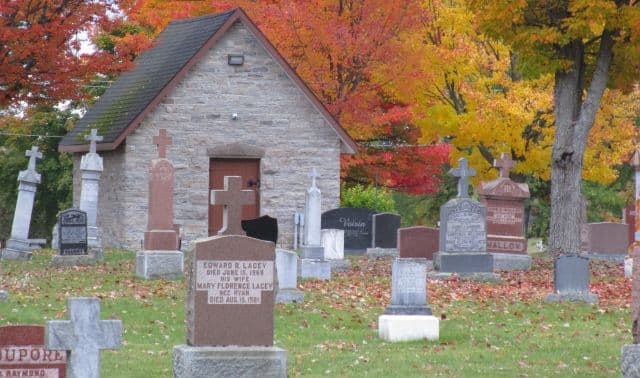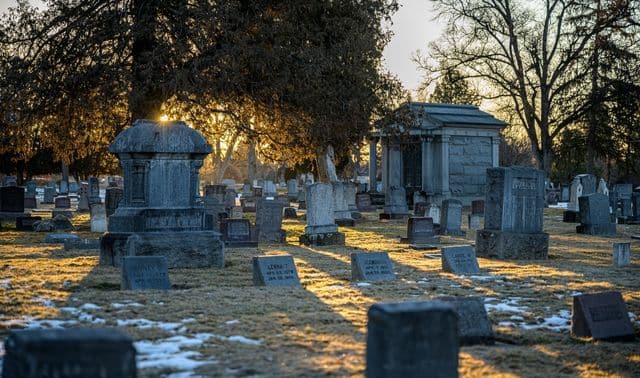Beauty in the Grove: Spring Grove Cemetery and Arboretum (Orange Frazer Press) shows and tells the story of the 733-acre grounds with 15 lakes, a waterfall, fountains, 1,200 tree and plant species, and thousands of monuments and tombstones. Author and cemetery historian Phil Nuxhall shares his passion for a place he says “emulates a heavenly vision of eternity.”
Family Tree Magazine: Have you always loved cemeteries?
Phil Nuxhall: I never really paid attention to cemeteries until about 10 years ago when I started walking in Spring Grove. I slowly started paying attention to the names, the symbolism and iconography, and the architecture of the mausoleums and beauty of the landscape.
FTM: How did you become the cemetery historian?
PN: The Sunday paper had a call for volunteers to document 100 of the most significant pieces of artwork in Spring Grove. I volunteered with about 30 others, and we found more than 600 significant pieces. I was totally hooked, and I wanted to talk to the cemetery historian, but they didn’t have one. I decided to inventory the 140-plus sections, and I knew the information needed to be shared. So I wrote a proposal about why the cemetery needed a historian. The Heritage Foundation of Spring Grove contracted me.
FTM: What do visitors ask to see?
PN: The Champion Trees, the Charles Breuer bronze bust with realistic glass eyes, the Civil War section, the swans in the lake, the Dexter family mausoleum and chapel—and more. We conducted 177 tours last year for 7,000 participants.
FTM: What’s your favorite tombstone?
PN: That would be the Fritz family tree stone, a hand-carved 14-foot sandstone tree with the branches cut off and a myriad of iconography: a dove biting the tail of a beaver that represents good over evil, a statue of St. Francis, a statue of Germania, a padlock with broken chain that represents opening the gate to heaven.
FTM: How is Spring Grove a pioneer among cemeteries?
PM: The genius landscape gardener Adolph Strauch developed the landscape lawn plan of cemetery design, which called for removing private lot fencing—more than 75 percent of family lots were fenced in—and extraneous ornamentation. He basically “decluttered” cemeteries. He also developed a plan for burial that called for a monument, sculpture or tree in the center of a family lot, with low-lying markers around it. That opened up views.
FTM: Tell us about your research.
FTM: What do you hope people will take from the book?




